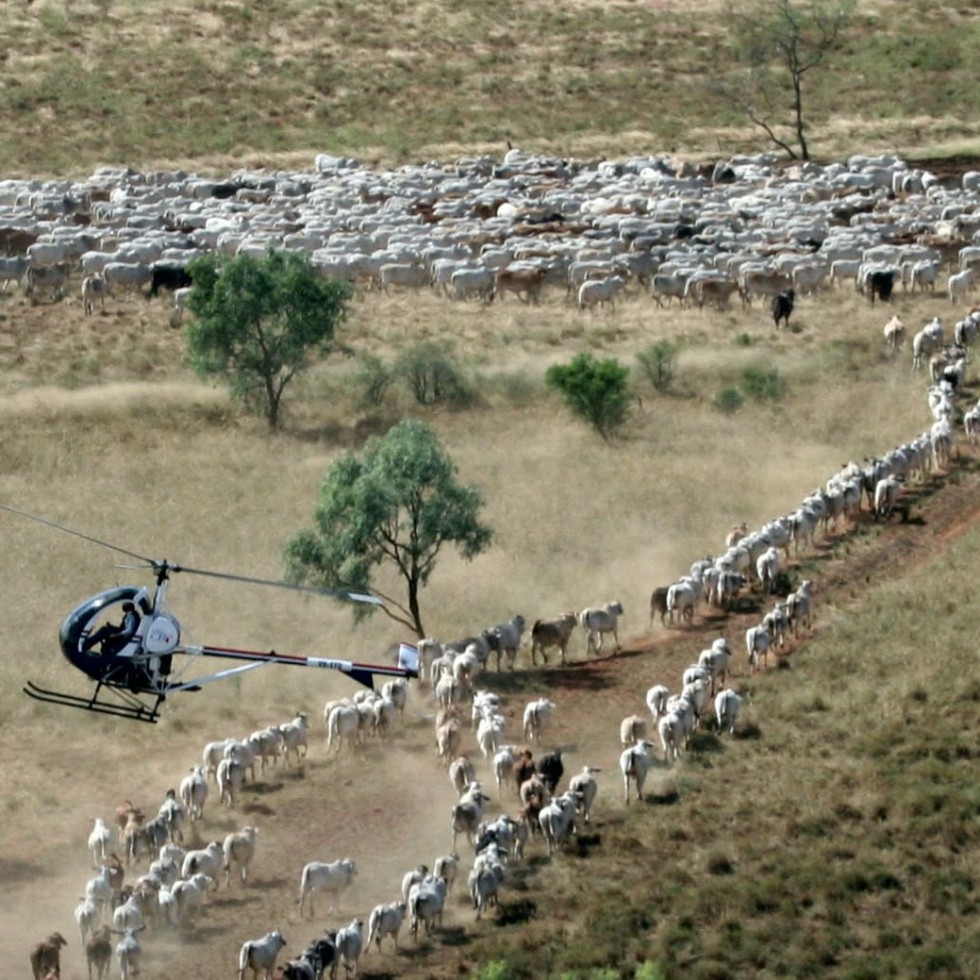 Prices paid for bull replacements are often seen as a barometer of the state of the broader cattle industry across the nation.
Prices paid for bull replacements are often seen as a barometer of the state of the broader cattle industry across the nation.
But the strength of the bull market for major beef breeds in 2011 belied the industry’s difficulties seen this year in areas like the Indonesian live export crisis and a rampant Australian currency which severely reduced our beef’s competitiveness in international markets.
All in all, the 2011 bull selling season just completed has been surprisingly buoyant – arguably the strongest seen since 2007, a year when the A$ value was dramatically lower, the world economy was still in boom-cycle, and Australia faced little international beef export competition from the US.
Some industry stakeholders have said the 2011 bull season has been the strongest seen since the exceptional 2001 year, in adjusted terms.
Depending on each breed’s perspective, there are a wide range of explanations put forward for the characteristics behind the 2011 bull-buying season just completed.
Here’s a sample of some of the issues volunteered by leading breed stakeholders that have impacted on 2011 bull demand and price:
- The growth in Meat Standards Australia. With MSA grading continuing to rapidly expand to beyond 1.2 million head this year, some argue that real commercial pressure is now being exerted in bull purchasing decisions to moderate Indicus content in order to lower MSA boning groups and achieve better grading outcomes. Similarly, the explosion in grassfed MSA grading (now more than 50pc of all carcases graded) has generated a need for easier-finishing genotypes, some argue. Indicus breed representatives refute some of these conclusions however (see comments elsewhere in this report).
- Seasonal conditions. In Queensland, the NT and most of WA where environmental adaptation in breeding cows is a consideration and often a key priority among commercial cattlemen and women, there has long been a theory that buyers tend to lean towards ‘softer’ bull replacements at the end of good seasons, and revert back to Indicus options when tough-seasons prevail. Two good seasons back-to-back, and a third looking like it’s on its way, may add some weight to that theory. The flaw in the argument, of course, is that bull purchase decisions made today will not be manifested in first saleable progeny for at two years, sometimes three, by which time seasons are likely to have altered dramatically.
- Live export crisis. While the statistical evidence is patchy, some breed contacts pointed to the emergence of the Indonesian live export crisis in June as an influence over bull purchasing decisions later this season. The argument they put is that commercial cattlemen in northern regions directly exposed to the live trade have adopted more non-Indicius breed alternatives in genetic selections this year. The motivation is to ‘hedge their bets’ in terms of marketing options, diversifying into cattle genotypes in higher demand as feeders, grower cattle for sale to southern grass finishers, grainfed and retained premium grassfed cattle. Again, there’s evidence in this report to suggest that trend may not be quite as straightforward as it seems.
- The ‘black’ factor. Despite Australia’s much more moderate application of grainfeeding as a finishing option than in the US, and a grading system which is far less oriented towards the presence of marbling as a quality determinant, Australia continues to follow the US mantra, “Black is beautiful.” Brand-driven price signals in some cases have pushed this. Teys Australia’s MSA grid continues to offer 5-10c extra for black cattle for its Teys Black Angus program, for example. While some would argue that the financial reward to the producer for selling Angus-specific trimmings for use in McDonalds burger patties is negligible, the ‘premiumisation’ of burgers through such heavily-promoted marketing programs has continued to provide a strong psychological rallying-point for some commercial beef producers.
- Minimum auction price. A number of large breeds have changed policy in the past two or three years (some this year) from a minimum opening auction bid of $2000 to $2500. This has tended to underpin the average price seen in auction selling rings, removing the ‘bargain basement’ buys from the equation.
- Trade-in values. With good used bulls making big money at the meatworks driven by global demand for manufacturing beef, commercial cattlemen and women came armed with a solid financial 'subsidy' to underpin the replacement process.
See today's companion story: "Bull season: How the breeds finished", and commentary later today from seedstock stakeholders on how the 2011 sire selling season unfolded.
